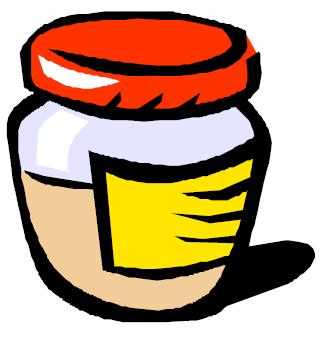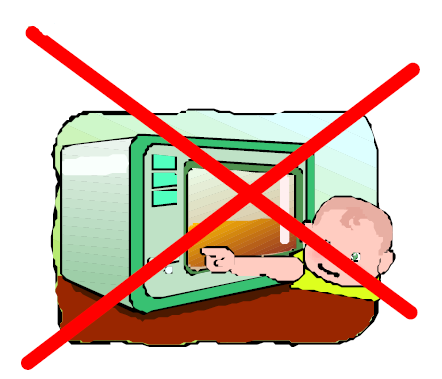Introduction
Child care providers need to be extra careful when serving food to baby. Here are some simple guidelines to follow.
Before Feeding
- Check “Use by” dates on baby foods. If the date has passed, throw the contents out.
- Check to see that the safety button on the lid is down. If the jar lid doesn’t “pop” when opened, or if it’s not sealed completely, don’t use it.
- Wash the jar and lid before opening to make sure the surface of the container is free of harmful germs.

Serving
- Wash your hands.
- Use warm, running water and liquid soap.
- Rub your hands together fast for at least 20 seconds.
- Rinse thoroughly under running water.
- Dry your hands with paper towels.
- Take some of the baby food out of the jar and put it in a bowl or on a plate to serve to baby. The remainder of the food in the jar should be tightly closed, dated, and stored in the refrigerator. See back page for storage times.
- Throw away uneaten food from the dish, as germs from the baby’s mouth moves to the spoon and into the food on the dish. If the food is served again, it could be full of bacteria, making the child sick.
- Sanitize all equipment and surfaces. A simple bleach solution is an easy and inexpensive way to sanitize.
Sanitizing Bleach Solution
Mix 1 Tablespoon of chlorine bleach with one gallon of water. Store in a clearly marked plastic spray bottle.
- Feed every child from a separate plate or bowl, with a separate spoon. Using the same plate, bowl, or spoon will pass germs from one child to another.
- Don’t heat baby foods in the microwave. Foods heat unevenly – this causes “hot spots” that can scald baby’s mouth and throat.
Some manufacturers have microwave instructions on the label but you may be risking the child’s safety if you use them.
Storage Of Baby Food – Advice From Usda
| Opened or Freshly Made |
Refrigerator |
Freezer |
| Strained fruits and vegetables |
2-3 days |
6-8 months |
| Strained meats and eggs |
1 day |
1-2 months |
| Meat/vegetable combination |
1-2 days |
1-2 months |
| The refrigerator temperature should be no higher than 40°F and the freezer unit at 0°F. Periodically, use an appliance thermometer to check these temperatures. |

Sigman-Grant, M.
2001,
Handling Baby Food,
Extension | University of Nevada, Reno, FS-01-15


